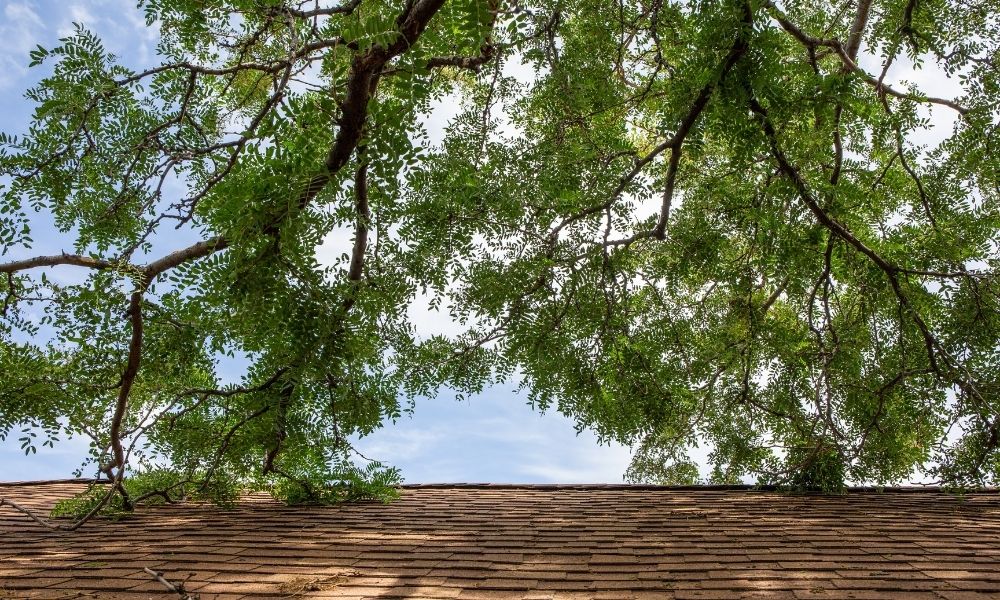An old tree may symbolize a number of things to your family. It can symbolize security, fond memories, and a beautiful connection with nature. Not only that, but older trees can also significantly improve property value. With that in mind, making the decision to get rid of a tree can be difficult. But trees that are infected, damaged, or have invasive root systems can pose significant dangers to your property and those who live there. That’s why you must be vigilant and recognize these signs your tree needs to be removed.
Infection
Not every tree infection is fatal. If an issue is caught early enough, an arborist may be able to identify and treat or manage symptoms of an infection, depending on the tree and the infection. However, if an infection has gone on too long, then it can weaken the tree’s structure, increasing the risk of falling branches or a toppled tree. Pay attention to sudden widespread lost leaves, discolored leaves, fungi growth, irregularities in the bark, and rot in the roots, and contact an arborist if these symptoms present themselves.
Severe Damage
Infection isn’t the only thing that can lead to a tree falling. Strong storms, car crashes, or other unexpected accidents can lay a tree flat or can damage a tree to the point that is ready to fall. If there is clear damage to the trunk after a lightning strike or accident, or it is no longer growing completely upright, it is imperative you contact help as soon as possible. Even if a tree is still standing after damage, be sure to arrange for the removal of precarious branches. Also, keep an eye on the place where the damage occurred as such areas can be prone to infection.
Invasive Roots
Invasive Roots Tree roots are expansive. Many roots take up far more space than the tree’s crown, often three times the size of the crown, and they don’t always grow down. When tree roots grow horizontally and begin causing damage to the rest of the property, they are known as invasive roots. These roots can cause damage to pipe systems, pavement, and even the foundation of buildings. If your tree is beginning to cause harm to the property, it may be a sign your tree needs to be removed. Many municipalities require permits to remove large trees, so consult an arborist to learn the rules enforced within city limits.
Letting go of a tree isn’t an easy decision for any homeowner, but even in nature, there is a time and a season for everything. As we move from one season to the next, our tree removal experts and lot-clearing services in Austin, TX, are here to help you make that transition.

